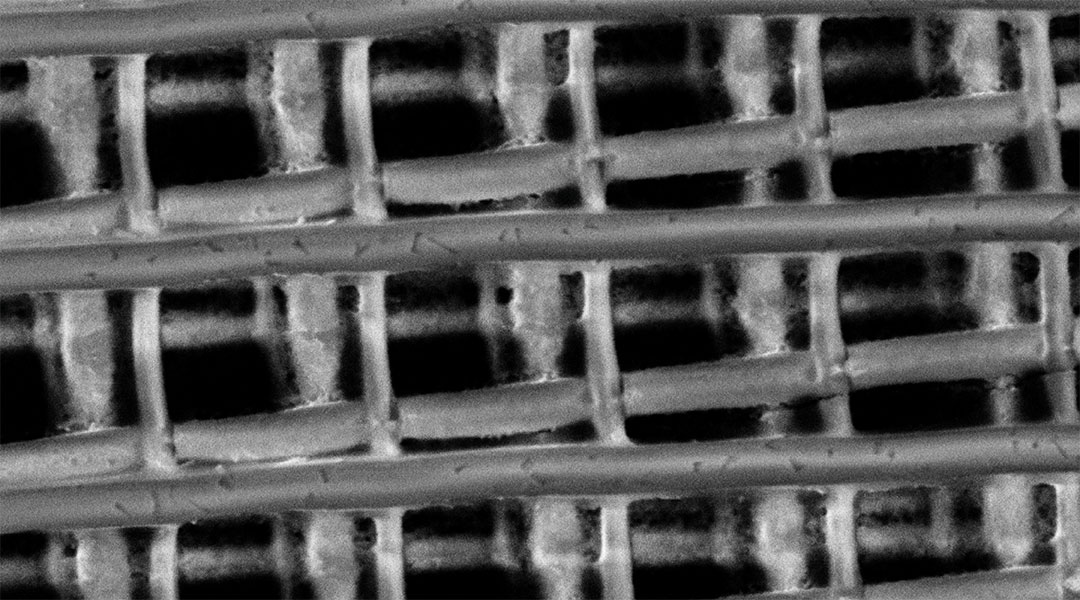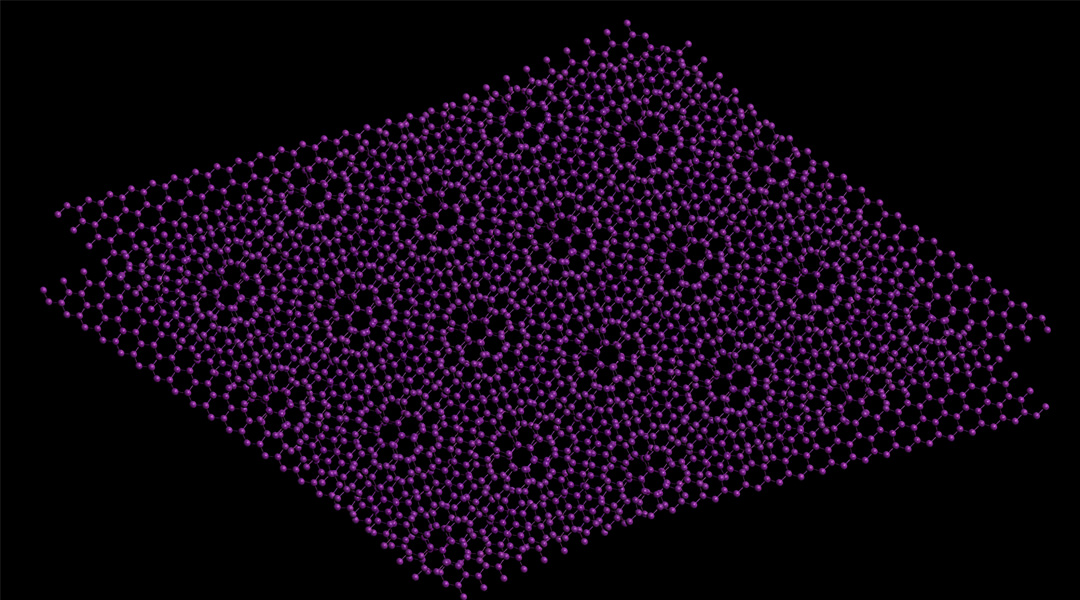Their unprecedented control over light will lead to breakthroughs in telecommunications, medical imaging, and quantum computing.


Their unprecedented control over light will lead to breakthroughs in telecommunications, medical imaging, and quantum computing.

“Magic angles” in twisted bismuth bilayers could induce superconductivity at more reasonable temperatures.

By adding primordial magnetic fields to the Standard Model, researchers may solve the mystery of the Universe’s expansion.

Tiny interactions between dark matter particles may resolve discrepancies between theory and astronomical observations caused by quantum tunneling.

Something unexpected happened when atoms of gallium were observed to spontaneously transition from solid to liquid and back again.

Even tiny deviations in pendulum behavior caused by quantum gravity could be clearly noticeable, say researchers.

Quantum dots are key to a new laser that could transform medical imaging, diagnostics, and boost communication.

Scientists create magnetism in a non-magnet at room temperature for the first time, with implications in quantum tech and computer science.

While dark matter’s enigmatic nature persists, Proca stars made of dark photons could help shed light on this cosmic mystery.

Researchers develop “relative attention entropy” to optimize data transmission, aiding AI learning and communication systems.